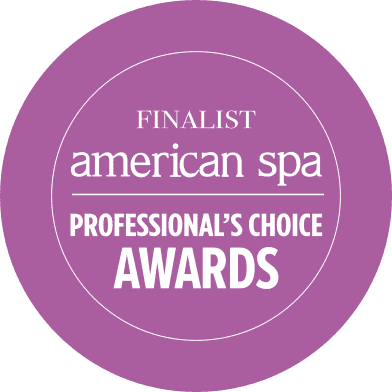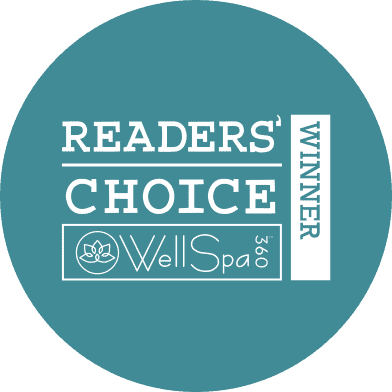It’s no coincidence that calls to poison control centers related to cleaners and disinfectants increased during the COVID-19 pandemic. Undoubtedly, part of this increase was caused by improper use of these products, but it nonetheless shows that as disinfection continues to play a vital role in preventing infections, it is more important than ever to ensure that safety is never a trade-off.
Unfortunately, unsafe disinfection is not a new issue; in fact, many disinfectants used in the past were formulated with harsh chemicals. While this made them effective against germs, it also led to substantial health hazards, including eye and skin irritation and respiratory issues; some products even contained carcinogenic ingredients. What’s even worse is that many of these products are still used in salons and spas today, and many people continue to assume that harsh chemicals are a necessary evil when it comes to killing germs. While this may have been true in the past, newer disinfectants have stuck a balance between efficacy against a broad spectrum of germs and safety to the user, surfaces, and environment.
Despite delivering hospital-grade efficacy against viruses, bacteria, and fungi, Prevention Disinfectants are non-irritating to eyes, non-corrosive to skin, and not associated with any health hazards. Per its Safety Data Sheets (SDS), Prevention does not carry any hazard pictograms or statements and falls under the EPA’s lowest toxicity category. The only active ingredient in Prevention is very low levels of hydrogen peroxide, which is combined with other commonly used, safe ingredients that result in a formulation that is tough on germs, yet gentle on people. No special storage precautions are required, and Prevention comes in ready-to-use formats, eliminating the need for handling concentrated chemicals, which can pose further risks in the event of improper dilution.
In addition to occupational safety, it’s also important that the disinfectant you use is safe for the surfaces throughout your facility as well as the environment. The equipment you use for your practice is a valuable investment, and your disinfectant should be able to keep it germ-free while minimizing wear and tear. Prevention has been demonstrated to be compatible with a wide range of commonly used materials, which helps protect the longevity of your assets. Finally, environmental safety should be front and center when selecting a disinfectant: many commonly used products, such as those formulated with quaternary ammonium compounds, leave active residues on surfaces and tend to accumulate in the environment. Choosing a disinfectant with biodegradable ingredients, such as Hydrogen Peroxide, ensures that we leave a smaller environmental footprint in the quest to keep germs at bay.
Disinfecting with Prevention provides you with peace of mind that the safety of yourself, your clients, and the environment is never compromised in the fight against infection.


















